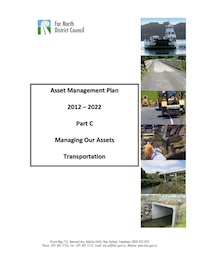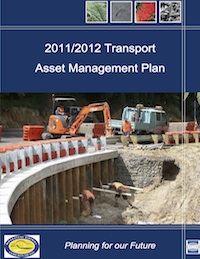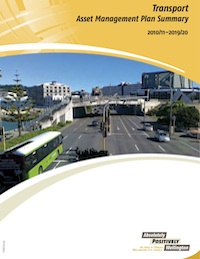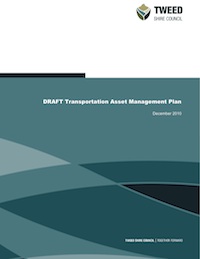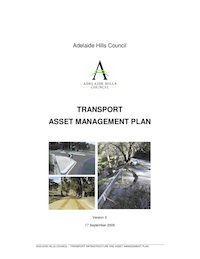The Far North District Council – Asset Management Plan 2012-2022 is available here.
This document meets the following additional criteria: • Asset valuation included • Future cost/performance projections are based on management system analysis (e.g. HERS, dTIMS) • Includes an assessment of data quality or reliability • Includes analysis of future demand impacts on asset needs • Includes cost projections for meeting performance or LOS targets • Includes customer-oriented LOS statements • Includes estimates of future maintenance costs • Includes estimates of future rehabilitation, replacement, reconstruction, and/or renewal costs • Includes formal risk assessment results such as a risk register • Includes future projected asset condition • Includes substantive list of process, data, and/or systems improvement actions • Investment strategies summarize planned capital and operating expenditures • Key revenue projection assumptions identified • Performance/LOS targets are linked to agency goals/objectives • References customer surveys/outreach for establishing LOS statements • Risk assessment results incorporated into investment strategies.
The modal scope of this document is: Multimodal.
The asset scope of this document is: Highway Assets, Includes other highway assets.
External link: http://www.fndc.govt.nz/your-council/strategic-planning/asset-management-plans/documents/Transportation/Part-C-Managing-Our-Assets-Transport-FINAL.pdf
This document describes the process for managing assets for the Far North District Council of New Zealand. For each asset type, the plan summarizes the current condition and performance of the assets, in addition to a description of the measures used. The system level of service has also been measured. The document ends with an Improvement Plan that incorporates asset management principles into the planning process. The improvement plan is divided into improvement tasks, with descriptions, priority ratings, and responsibility. The Far North District Council also performed a gap analysis, to determine the priority for 3- and 5-year targets. Future demand, financial projections, risk management, and a routine maintenance plan were also considered in the AM plan.
